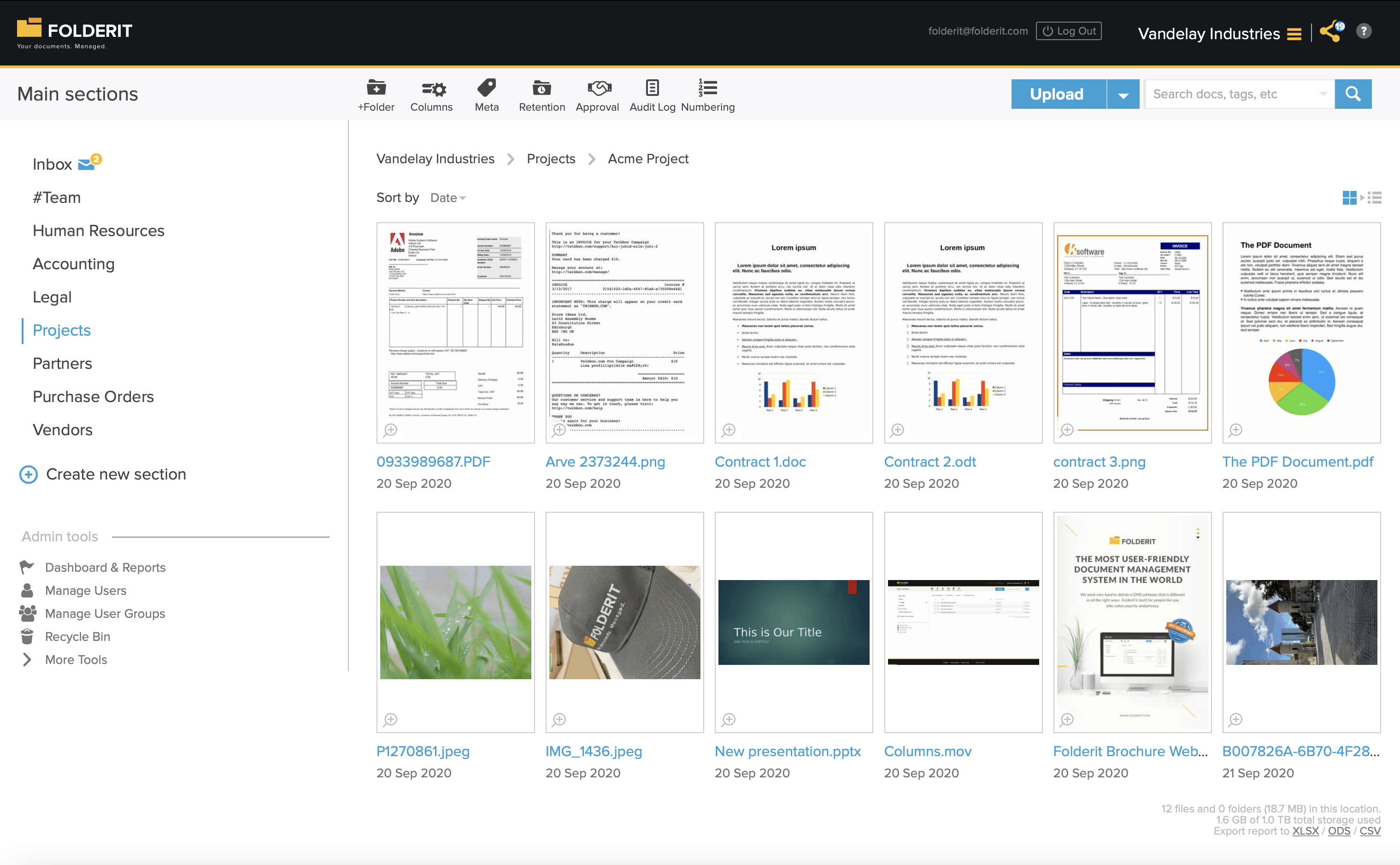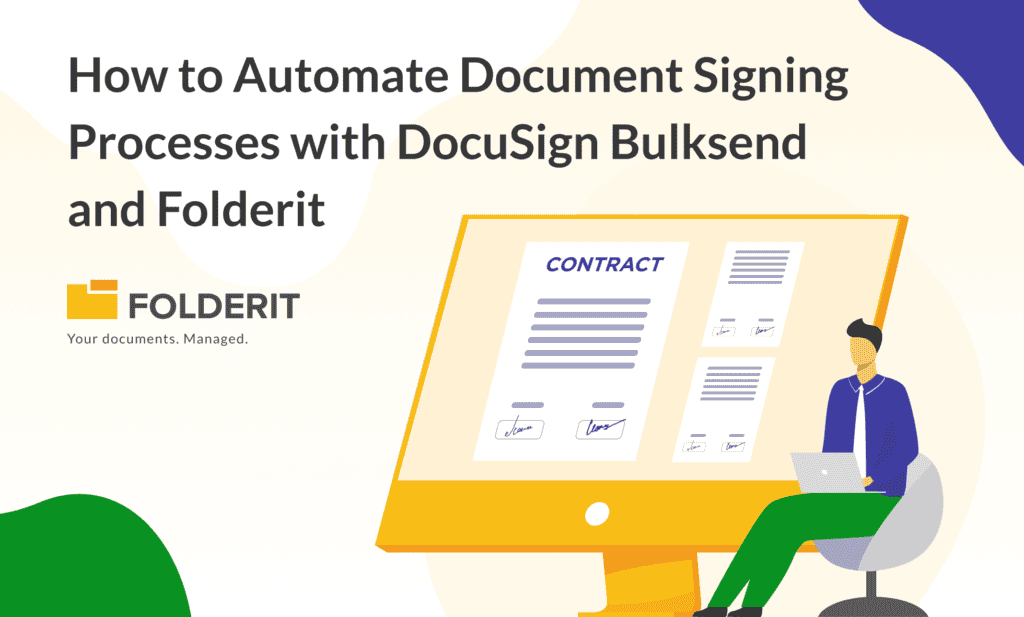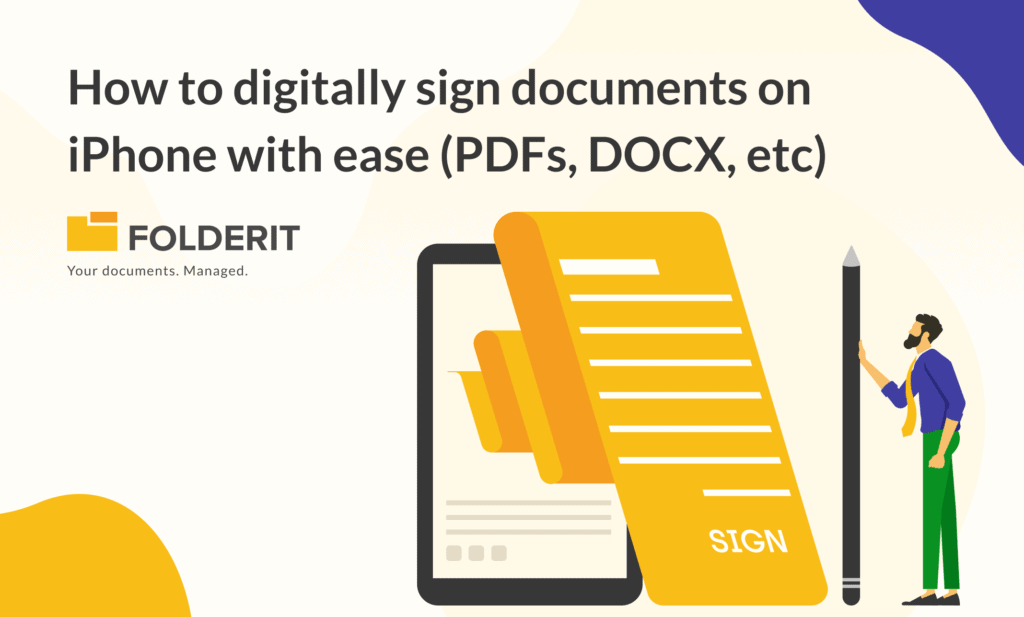The term Document Management System refers to a platform that helps capture and manage electronic documents. Electronic Document and Records Management Systems deal with physical documents as well as digital documents.

This distinction is necessary, because no matter how much we want to go paperless, some legacy systems, like medical records, legal firms, etc. are unavoidably dependent on physical documentation. The act of digitizing decades of data is a costly undertaking on its own.
It is likely that an organization will have the same SOPs for storing digital documents as they do for physical ones. Both are equally valuable to a company as they represent evidence of business transactions. For example, an invoice or a contract will remain equally important regardless of their physical existence (or lack thereof).
Electronic Document and Record Management Systems are better than physical documentation
There was a time when despite technological advancements there was a high volume of demand that used printers, fax machines and copiers to keep records in duplicate/triplicate, or however the documentation policy deemed necessary.
Electronic document management systems ensure that the same digital file be available to whomever is involved, a great EDRMS will let people have varied degrees of access to the same document depending on how crucial they are to the process (as determined by your company’s management policies). This way a certain user or user group might have full access to the document, while another group can have read-only access.
The only thing holding back widespread adaptation of EDRMS is people’s willingness to adapt to a digital only world.
No dependency on Local Storage
The biggest challenge with any electronic document storage system is that small and medium businesses tend to rely more on local storage on private servers. That might be wise given that it improves efficiency, and you have complete control over the platform, however, it is susceptible to damage, theft, loss, or calamity within a blink. More importantly, local copies carry a whiff of “decentralization” with them. There is always a risk of people evolving their own organizational structure within their own machines.
A cloud-based solution that is priced to fit the needs of SMEs will be ideal for avoiding these constraints without compromising on efficiency. All structures are enforced by policy, all access is granted ubiquitously, i.e., you will have just as much access from a Supercomputer in France as it will be from a smartphone in Sri Lanka.
Most EDRM systems can capture electronic documents from local drives (e.g., C:) but it is considered bad practice to store documents locally, as even the most efficiently managed enterprise has strict rules about where and how electronic documents are created and stored.
Silos of Documents
The term silo refers to a ‘collection’ of electronic documents that exist in batches disconnected from one another. The problem with this collection is that these documents become challenging to locate in times of need. You need a system that fetches files associated with each other, regardless of where they are stored. This coupled with metadata, as well as custom metadata, and contextual search powered by OCR.
Versioning
Versioning is the practice of recording, tracking, and numbering an electronic document as it evolves. This doesn’t mean that the EDRMS takes a copy every time you change something in MS Word as you are working, it means it captures a new version each time. You should be able to configure your document such that it inherits metadata with each version, and you should be able to easily revert to an older format whenever you need it. This is extremely useful when dealing with legal documents.
Retention
A company should be able to implement a retention schedule to their records. This helps establish how long this document will exist in your archives before it is deleted permanently.
Security
256-bit bank level encryption for security protected through SSL encryption for transfers in and out of the system makes for a pretty much impregnable security system. That should be ample to keep unauthorized access at bay.
Audit Trail
Every time content is accessed, the system should have an accounting of which user accessed the file, and at what time. This keeps a track of how the file has gone through changes. This goes a long way in ensuring compliance.
All of this falls under the trustworthy hands of Folderit, get a free trial today!



